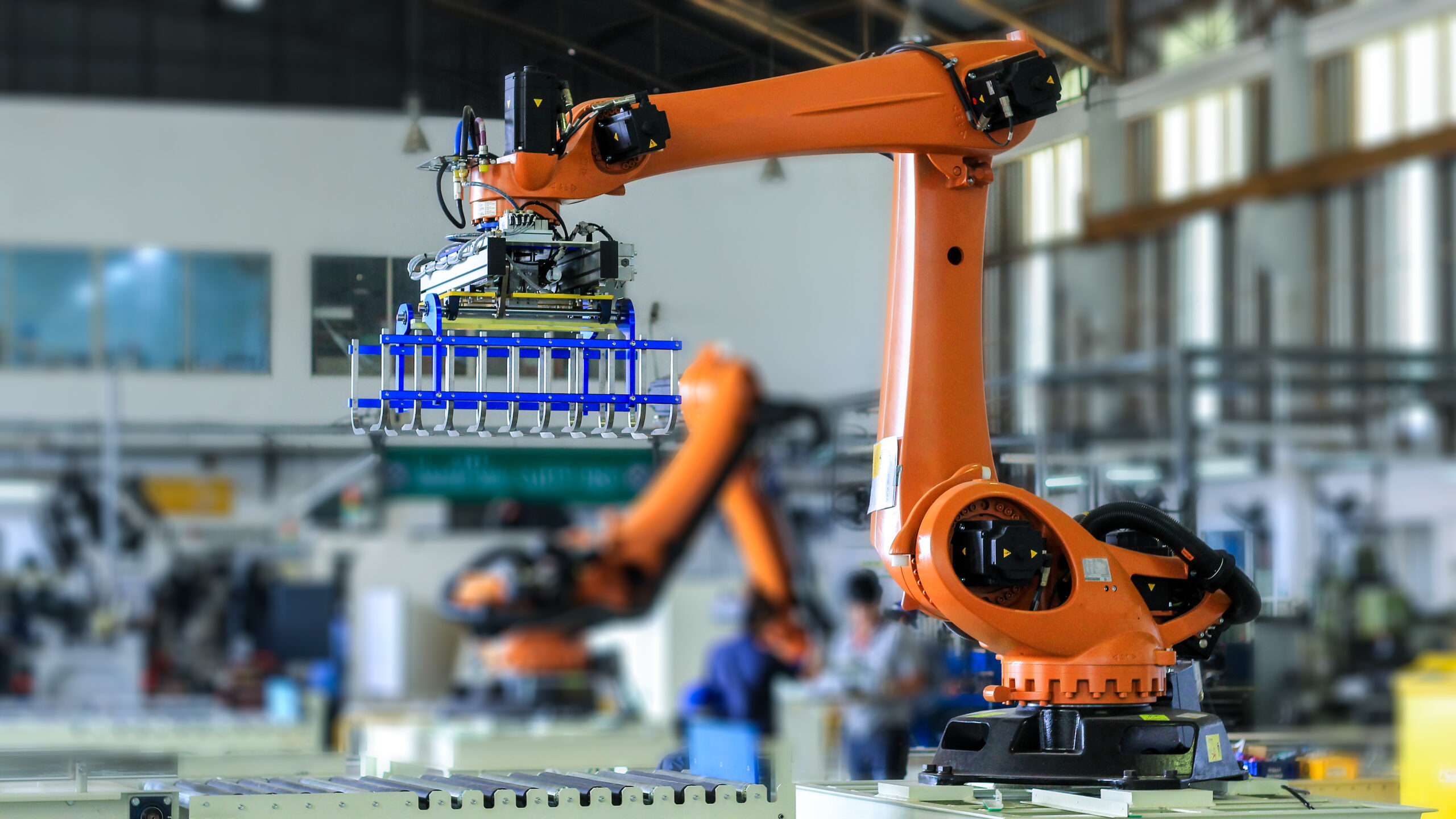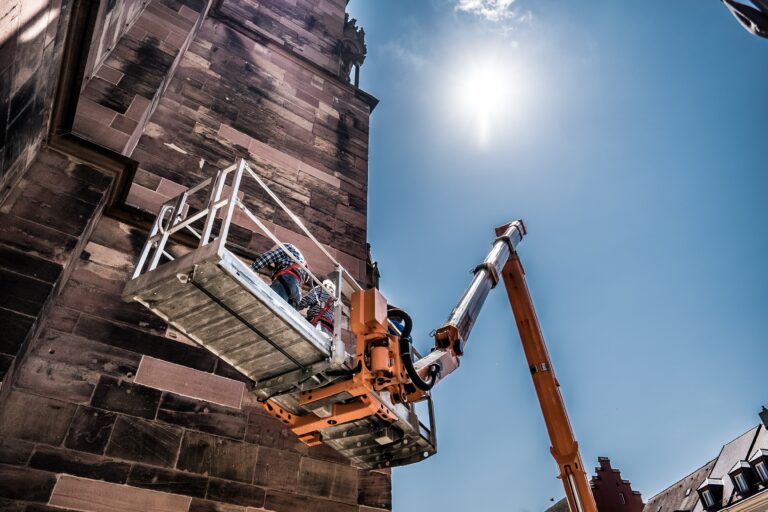
Last week, we used an example to demonstrate how to create a digital twin that can be used for machine-level design improvements, and ultimately become the test platform for virtual commissioning. Before getting right into the virtual commissioning workflow, however, there’s still a lot you can do with the digital twin when it comes to the actual machine design itself. This week we’ll take a look at optimizing machine design by expanding on the example model we created earlier.
Just as before, the tool being used in these examples is MapleSim, which is a modeling and simulation tool for the creation of machine-level digital twins. When optimizing machine design, MapleSim provides a variety of different workflows to explore design tradeoffs, optimize parameters, and more. Theses are all the general benefits that apply to most tools that allow you to create digital twins. In the demonstrations below, a simplified model is used to keep the concepts simple, but they serve as a great starting point to help you understand how your projects might fit with these design techniques.
Exploring Design Space and Optimizing Parameters
With a digital twin in hand, running multiple simulations can be accomplished in seconds. Compare this to the typical way you might explore the impacts of a design change – a process that might take weeks if done traditionally.
The speed at which you can test design impacts allows for automated processes that, in effect, unlock powerful optimization routines. The first video below shows you how to run parameter sweeps to explore the impacts of design changes quickly – optimizing machine design much faster than before.
A natural extension to parameter sweeps in the machine design world is the optimization of how fast the machine can run. The example below shows how you might maximize the cycles per minute (CPM) on a machine, taking into account all the dynamics of moving loads, motor impacts, and so on.
Using the Digital Twin for Motor Sizing
For many machine designers, the specific motor choices are limited by hardware vendors and the suppliers you’re already working with. While the digital twin can give specific loading requirements and torque response curves for motors, this information still needs to be matched up with motors from whichever supplier or catalogue you have available.
Two major automaton hardware suppliers you might work with are B&R Industrial Automation and Rockwell Automation. The video below shows how you can prepare the digital twin simulation results for use with B&R’s motor sizing application (SERVOsoft), which guides you to which of their motors will fit the requirements.
If you’re using hardware from Rockwell Automation, you can prepare your simulation results for use with Motion Analyzer – Rockwell’s tool for choosing appropriate motors they supply. As you can see with both of these videos, the process is fairly straightforward.
The Next Step: Virtual Commissioning
The natural next step is the major technology that this entire web site is all about – virtual commissioning. Since we’ve already discussed so much of virtual commissioning in detail, I’ll finish by leaving you with two videos that show the workflows for basic virtual commissioning examples – one for B&R customers, and one for Rockwell Automation customers.







